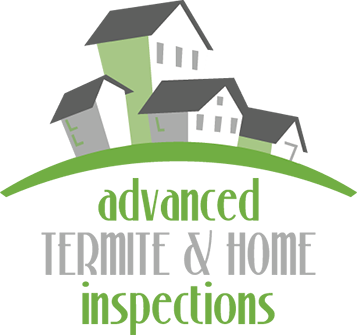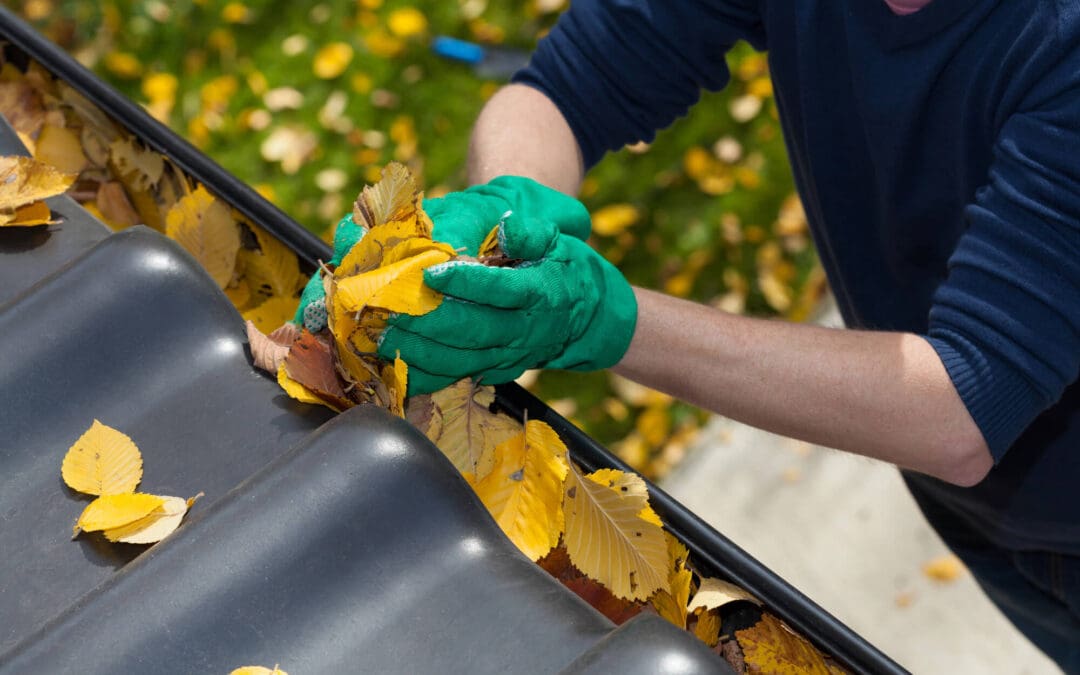Standing water in your yard seriously threatens your home’s foundation, landscaping, and basement. Poor drainage may lead to costly foundation cracks, mold growth, and water damage, compromising your property’s structural integrity. The good news is that controlling water runoff is entirely within a homeowner’s grasp. By understanding the basic principles of water management, you can confidently implement effective solutions to improve drainage on your property and protect your biggest investment.
The Gutter and Downspout Check: The First Step to Improve Drainage
The easiest and most critical place to begin improving drainage is with your home’s roof system. Your gutters and downspouts are designed to quickly channel hundreds of gallons of water away from the foundation, and if they fail, the water goes exactly where you don’t want it: straight down your foundation wall. Clogged gutters are perhaps the most common cause of foundation water problems. Leaves, debris, and shingle grit prevent water from flowing freely, causing it to spill over the sides. Cleaning your gutters twice a year is critical. Once the water leaves the downspout, it must travel at least six feet from the foundation. Many standard downspouts dump water directly onto the soil next to the house. Install inexpensive downspout extenders or flexible piping to guarantee the water goes well beyond the immediate perimeter.
Understanding the Importance of Grading
The ground should always slope away from the foundation. If the soil slopes toward the house, you have a negative grade, and rainwater will always pool against your basement walls. Manually build up the soil around the foundation to improve drainage through grading. Add compactable soil, clay, or dense landscaping material to create a slight slope. You should aim for a drop of at least six inches over the first ten feet away from the foundation. Be sure to leave at least eight inches of the foundation visible between the new soil line and the siding of your home to prevent moisture damage and potential termite access.
Landscape Solutions: Creative Ways to Improve Drainage
For areas of your yard where water naturally collects due to low spots or poor soil permeability, integrating landscaping solutions will solve the water problem and enhance your property’s appeal. A French drain is a trench covered with gravel and containing a perforated pipe that redirects surface water and groundwater away from an area. This is an excellent solution to improve drainage in soggy spots or along property lines. While a significant DIY undertaking, installing a French drain will permanently solve severe pooling issues by channeling water to a safer discharge point, like a dry well or a storm sewer (where permitted).
For areas that see heavy, temporary saturation, a rain garden is a beautiful solution. This is a depression planted with native, water-loving plants that soak up and filter runoff before it will cause problems. Alternatively, a dry well, an underground pit filled with gravel or a perforated barrel, could be used to collect and slowly disperse large volumes of water into the ground without overwhelming the surface. These solutions are key to improve drainage naturally and sustainably.
When to Call a Professional to Improve Drainage
While many fixes are DIY-friendly, certain persistent or complex drainage issues require the expertise of a professional. If you suspect an issue with your underground sanitary sewer line, septic field, or main connection to the storm sewer, a professional plumber or drainage expert should be called immediately. Furthermore, if basement water infiltration is chronic, despite correct grading and functioning gutters, a professional inspection is necessary. They use specialized equipment to determine if groundwater is penetrating through foundation cracks or if a perimeter drain tile system has failed. Knowing when to delegate guarantees the solution is effective and compliant with local codes, and permanently resolving your issues.
Frequently Asked Questions (FAQs)
Will adding mulch next to my foundation help improve drainage?
No. While mulch looks nice, it retains moisture, which is the exact opposite of what you want next to your foundation. You should aim for a six-to-twelve-inch border of crushed stone or gravel next to the house, and keep mulch a few feet away.
How do I know if the standing water in my yard is a major problem?
If water remains standing in the same area for more than 24 hours after a heavy rain, it indicates a poor percolation rate and a definite problem you need to address.
Can I direct my downspout water into the street gutter or a public storm drain?
Rules vary widely by municipality. In many areas, it is illegal to connect private drainage systems directly into public storm sewers or street gutters without a permit.
What is the most cost-effective first step I should take to improve drainage?
The most cost-effective first step is cleaning your gutters and ensuring all downspouts are extended at least six feet away from the foundation.
Advanced Termite and Home Inspections offers home inspection services in Eastern NC. Contact us to request an appointment.

